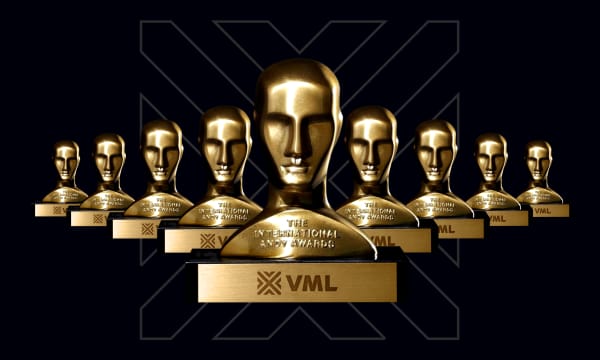For many women, the hijab and accompanying modest fashion have become a symbol of identity and unity as Muslims. But the hijab is also a source of division—between those who wear it and those who don’t, and between those who wear the fashionable, sculpted versions and those who wear the traditional tent-shaped designs.
Globally, Muslim women spent $44 billion in modest clothing in 2015, according to a 2017 report by Thompson Reuters and DinarStandard. The hijab, with its many colors and styles, has become a fashion accessory in its own right. According to an August 2017 survey by the Innovation Group of 1,000 Muslim women in Indonesia and Malaysia using SONAR™, the vast majority own at least 10 hijabs, with 85% of younger women and 77% of older women (40 years and older) owning 10 or more. Only 1% of younger women don’t own a single hijab. The survey is part of a new trend report, “The New Muslimah: Southeast Asia focus.”
In Malaysia, the hijab is known as the “tudung,” which translates to “cover.” We talked to Azalia Zaharuddin, editor of “The Tudung Anthology,” a collection of stories published in August 2017, about the personal, spiritual, societal and often complicated relationship each has with the headscarf.
Why “The Tudung Anthology”?
The initial idea was just to get stories from women about their experiences with the tudung.
Did any of the stories surprise you?
Quite a few actually took me off guard. The opening statement by Anonymous was a powerful one in my opinion, where she stated that the moment her daughter was born she worried about the future of her daughter, and the tudung choice she would have to make.
Another one of my favorites is Rambut Medusa (Hair of Medusa). I loved the way the writer intertwined fantasy and real-life issues together, reminding us women that the real common enemy was the “Nusantara men” (men of the Malay archipelago). The ending can be interpreted in various ways, but when I read it, and the protagonist mentions how she wears the tudung to protect her neck from vampires, it was somewhat like a metaphor of using the tudung as a form of protection.
What do you think are some misconceptions or stereotypes of Muslim women with the tudung?
Sadly, I think this depends on what type of tudung they wear. Girls with extra labuh (big and loose) tudung or even a niqab (face veil) are usually labeled as the “ustazah” (female religious teacher) and are more likely to be assumed as the “holier than thou” types of women. Girls with higher-end fashion taste, maybe tucking in, make-up, wearing a shawl, or even turban styled head covering are labeled the more “liberal,” professional type of women.
Yet either way, both are expected to be perfect versions of Muslimah, and that’s why there can be so much pressure, because they aren’t allowed space for mistakes like normal people.
What about misconceptions of Muslim women without the tudung?
A very good example for this can be read in Alina Burner’s story in the Tudung Anthology, Belum Muslim (Not Yet Muslim). Muslim women without the tudung are depicted as liberal, perhaps lesser Muslims than girls who wear the tudung. People assume they are less caring of their religion and its beliefs. Which is very sad, because I have met women who are not wearing the tudung, yet their knowledge and humility and their love for God is more than the average covered Muslim woman.
Why do you think it was important for these stories to be written and shared?
These stories are meant to be a platform, a space to give insight and understanding to what lies behind a woman’s dress code decision. Sure, on the surface, it seems simple, but after reading these stories you will realize how difficult it really is and how much suffering, and hurt, and joy comes with it. Sharing these stories will give a glimpse into what other women are facing, and I think it is important for them, for us, to know that they are not alone in this matter.
Do you think young Muslim women today are trying to make some kind of statement?
I do think that they are trying to break the stereotype and create their own identity without being judged by what they choose to wear.
Let’s switch gears to a question on the consumer market. With more Muslim-friendly products and services out there, are you more conscious of the things you buy (whether they are halal/whudu-friendly, etc)?
I am a believer that God will not make easy things difficult for a person. When it comes to meat and poultry, yes I always look for the halal sign. If not, then I’ll opt for fish or seafood instead. I do appreciate all the Muslim-friendly services that are made available, but I also understand that those kinds of privileges might not be available everywhere else, so even if it doesn’t have a halal sticker on it but I’ve checked through the ingredients and they look okay, then I’m okay with it.
Do you feel you are part of a wider Muslim world?
Yes. And it is a wonderful feeling. Especially when you travel, and bump into one another. Although strangers, we wish each other “Assalamualaikum,” and be on our way. It is knowing that you are not alone, and whatever challenges you are facing as a Muslim, someone else is facing it together with you too.
Download “The New Muslimah: Southeast Asia focus” for more.


